Produce Trends 2014: Produce Becomes Convenient, Healthy is Chic, Organic Food Persists
This past weekend I attended PMA Fresh Summit, which is the Produce Marketing Associations biggest trade show. My goal was to research major trends that consumers, like you and I, will find next time we wonder the produce aisle at your favorite grocery store.
I attended this same show two years ago and reported on 2012 Produce key trends. Some of the produce trends remain the same, while others have evolved significantly. This trend report is based on me roaming the aisles of the PMA show, engaging with the vendors, and attending a Produce Trends presentation by Robert Schueller from Melissa’s Produce.
Here are the top produce trends I spotted at the 2014 PMA Fresh Summit Show:
Shift to Healthier Foods and Ingredient
Grocery Store Produce Departments are Hip Hangouts
Produce department sales are increasing 10-20% in recent years. As a result of this uptick, you are starting to see grocery stores move produce close to the entrance. Organics are strategically moved to the beginning of the rows to drive sales and profits.
I personally think this shift also helps with their image, if the consumer is interested in organics or not. The organic produce aisle is becoming the new hot pick-up spot for like-minded singles, forget the bar…the organic carrot display is where you want to linger.
HFCS are out and Natural Ingredients are Sexy
Packaged snacks and foods like frozen pizza, granola bars and Lean Cuisine might in be for a makeover. Consumers are demanding healthier products with natural ingredients. Products with high fructose corn syrup (HFCS) are quickly becoming the new bogeyman among consumers. Many processed food items, will move away from high fructose corn syrup to natural ingredients like evaporated cane juice and honey.
Consumers will be demanding more meals and snacks that contain plant based ingredients. Expect to see more grains, like chia, flax and quinoa. Also expect to see more leafy greens like kale, broccoli rabe, and Brussels sprouts making their way into convenience foods, packaged salads, and prepared dinner kits.
The Produce Industry Bends Over Backwards to Busy People
Expect a move towards convenience based packaging of produce. Individual use packaging of produce was one of the more pervasive trends I saw at the show. The time constraints of dual working parents makes convenience packaging of produce highly marketable. This type of packaging and good has always been at Traders Joes, although expect to see it in most grocery stores as a mainstream consumer trend.
This trend is extended by the introduction of restaurant style produce into the home, although these are prepped and packaged for minimal processing for usage. For example, you might be seeing ingredients like pre-milled flax seeds and Coco Nibs.
You are also seeing “chef grade” ingredients being introduced to the home. For example edible flowers, flower crystals and high-end sauces in squeeze pouches. This trend is par is part time savings needs and part influence from the home chefs emulating the new reality T.V. stars.
Peeled and cooked produce will be sold in cryovaced packaging for the ultimate in laziness. Cryovaked produce is better than canned, and a few steps away from fresh. Europe has already moved to cryovaced ingredients for years. You wills start to see more of this in the United States over the next two years.
Rising Stars in the Produce World
Pomegranate - I could not escape seeing pomegranate dominating almost every aisle of the Produce Marketing Association Fresh Summit show in Anaheim. Pomegranate seeds ready to eat out of a small travel sized containers was being offered by at least 10 companies. I also saw pomegranate being using a flagship ingredient in products like cereal, yogurt, beverages and meals.
Asparagus is still considered a “Specialty” item by the general public and does not rank as a major segment of grocery store sales. This trend is slowly shifting as asparagus is becoming more familiar with consumers. I expect growth in the next three years. Expect to see pre-packaged hollandaise sauce placed near the asparagus section of your produce ailes.
Peppers are on the rise in the United States from spicy to sweet. Mini-Sweet peppers is the largest growth product due to their convenience, flavor and versatility as both a snack item and ingredient. Bell Peppers continues to gain in popularity and spicy peppers are on a solid growth pattern. Hatch chile season is starting to become a nationally known event and is no longer a South-Western ritual.
#4 Asian Citrus and Tropical Fruit Continues Climb to Mainstream
The Asian citrus trend that I reported three years ago, continues to climb. You will see more specialty citrus hit store shelves and become mainstream. For example, collomondon is continuing to grow in the marketplace. This citrus was previously popular with Pilipino cuisine, although the trend continues to advance into mainstream grocery stores.
Finger limes are also growing in popularity. This ingredient has been used in restaurant and cocktail preparation for the past two years, although you may see them in your grocery aisle.
Kefir limes and Yuzu are becoming more commonplace as well. Yuzu juice is a foundation ingredient in sushi roll sauces and its use has already made the jump into “Modern American” restaurants. The transition to a consumer product is moving quickly. I recently saw them at Mother’s Market.
It’s ALIVE! Frankensteins and Novel Strains of Produce
One of the cooler products I saw was the butterkin, a combination of a pumpkin and the butternut squash. It is technically a butternut squash, but has the shape of a pumpkin. I also saw several types of unique tomato strains that have been developed for a savory flavor. For example, the coco-brown tomato has a savory, “almost umami” flavor.
Grapes are a growth area, partially driven by the marketing of novelty strains with fancy names like Witch Finger, Cotton Candy and Holiday Grapes.
Organics Continue to be highly desired, but “…it’s Complicated”
Organic food continues to dominate conversations and marketing, as the general public has developed a healthy appetite for organically grown fruits and vegetables.

PMA Fresh Summit Produce Trends 2014 - Organic Food
Interesting trend for the industry is that only 5% of U.S. Produce is organic. There is simply not enough capacity to support a lower price point for most consumers. It is expected to take 10 years to convert to more farms into organic production to meet demand. Organic farming only produces ¼ of the yield as non-organic farming.
Organic farming is not always sustainable farming, expect consumer awareness around this conundrum.
My Final Thoughts
The produce scene is quickly evolving to match consumer demands and the effects of globalization. The next time you visit the grocery store, big box or specialty market, keep an eye out for the trends I identified. If you spotted one of the trends I identified, leave a comment. If you have another produce trend that you spotted, let me know about it!
Related Cosumer Food Stories
2014 Natural Foods Expo Top Trends
2013 Natural Foods Expo Top Trends
2012 Produce Trends from PMA Fresh Summit
 Tom's Foodie Blog Bringing Together Foodies & Good Food
Tom's Foodie Blog Bringing Together Foodies & Good Food
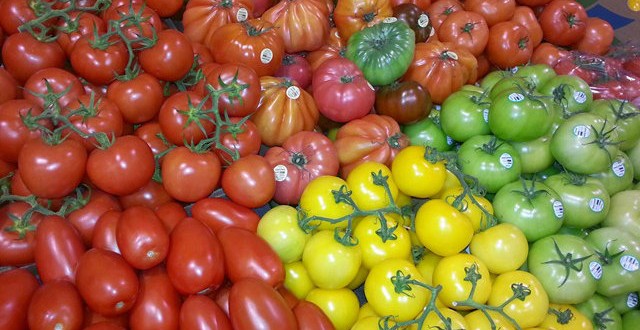

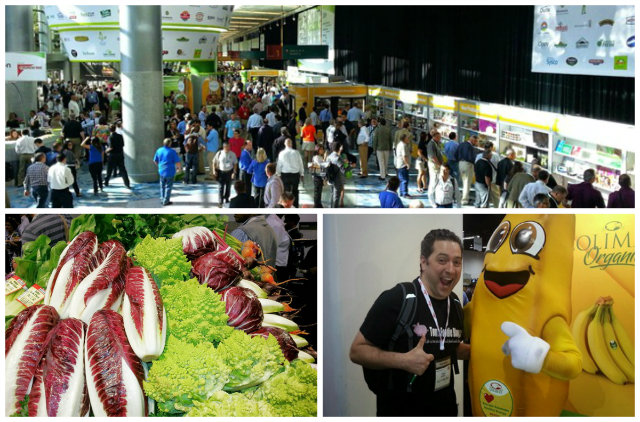


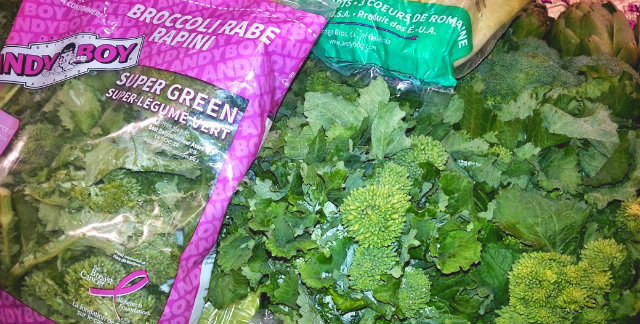
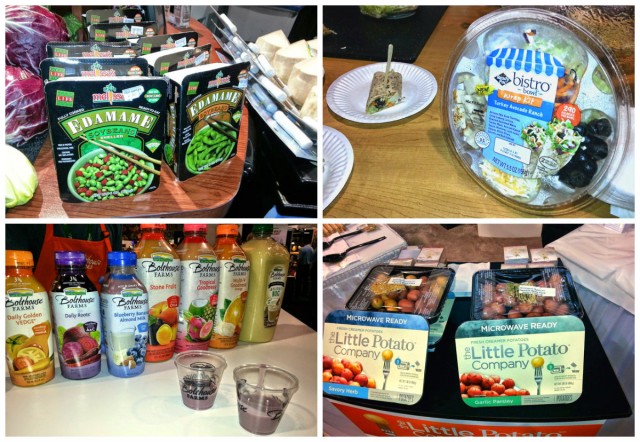
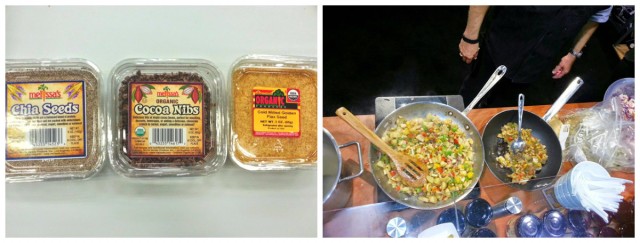
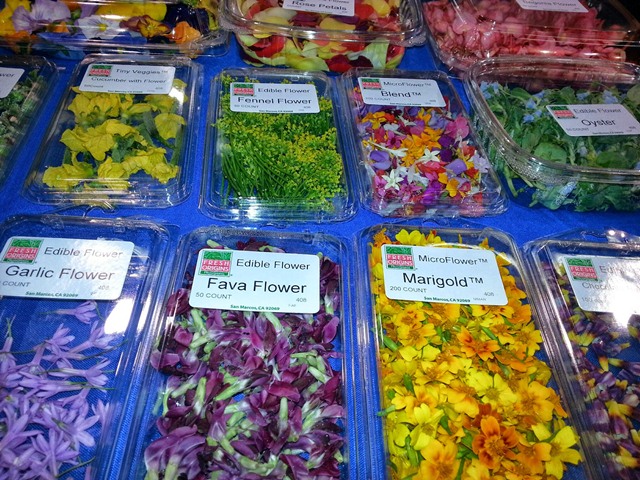
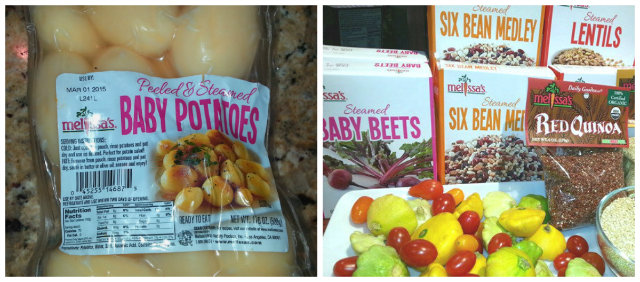
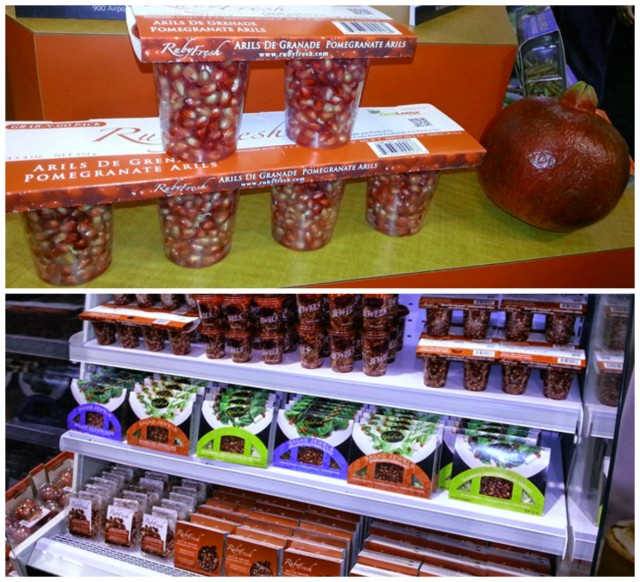
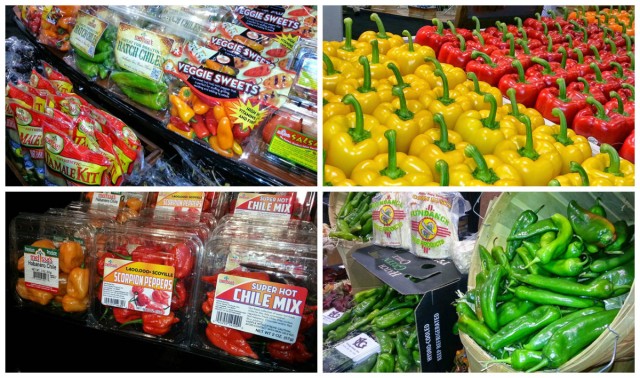
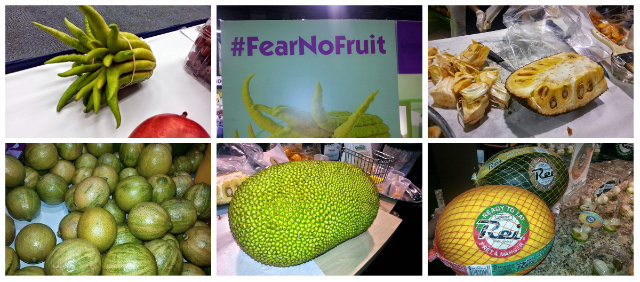


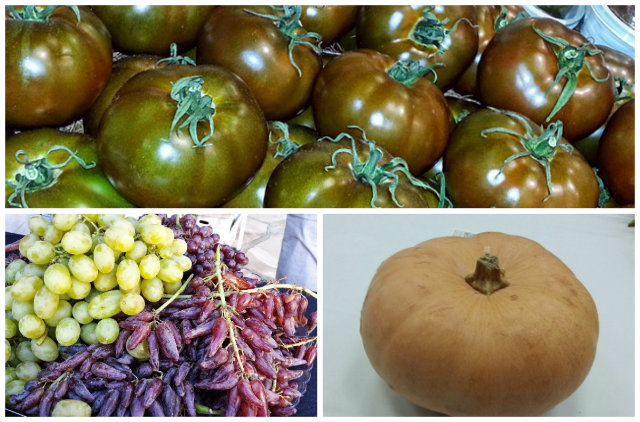



We try to eat organic, but sometimes it is tough. Produce is so expensive in Alaska!
I agree with you about the organic farming.
Organic products is the new deal nowadays, Great review of the event.
i really hope that this trend continues and remains pure before the “big guys” get their GMO claws on pure organic